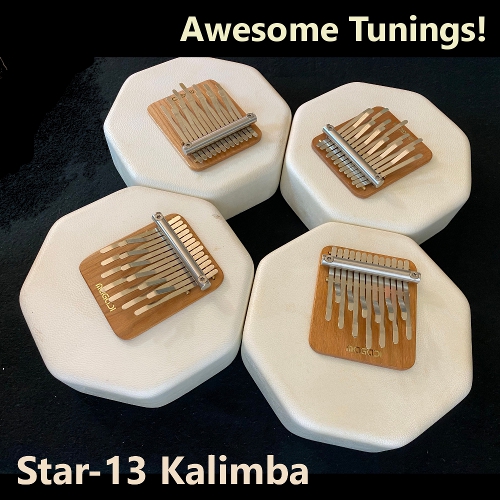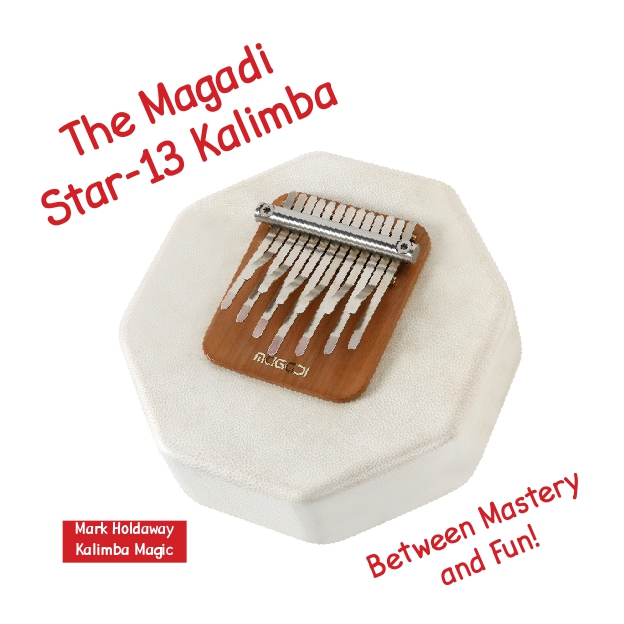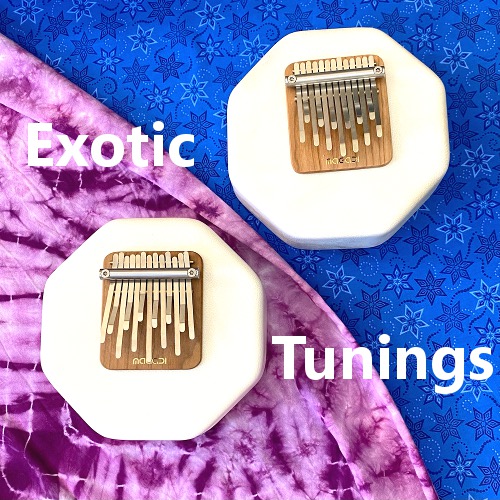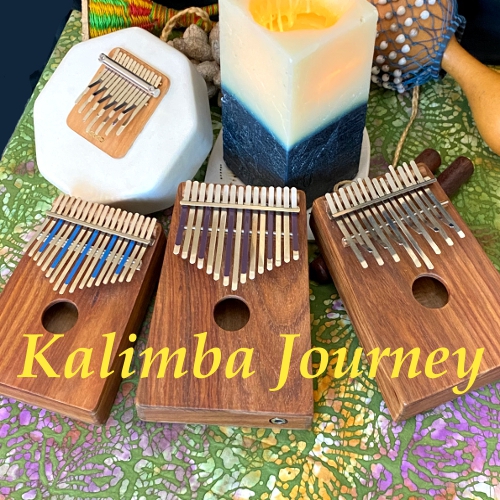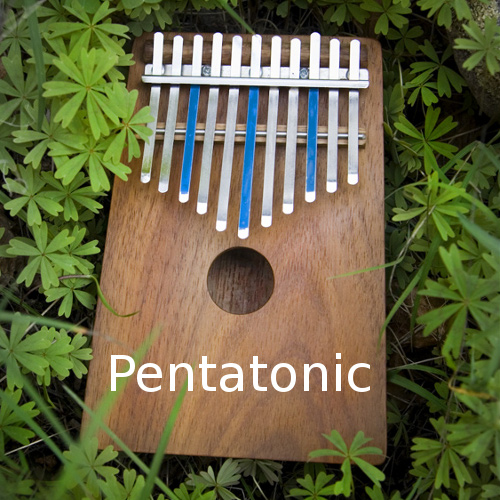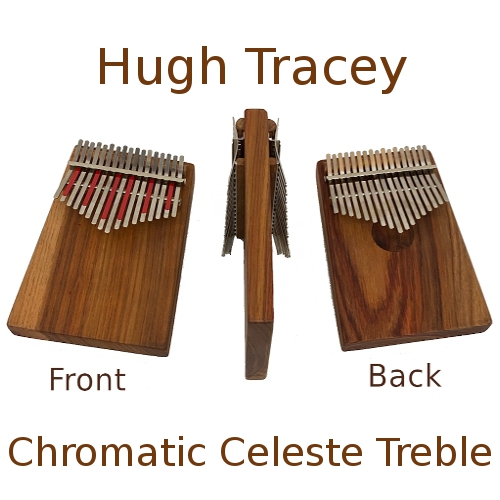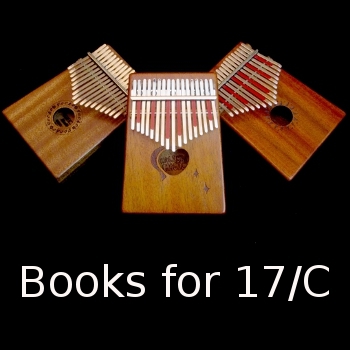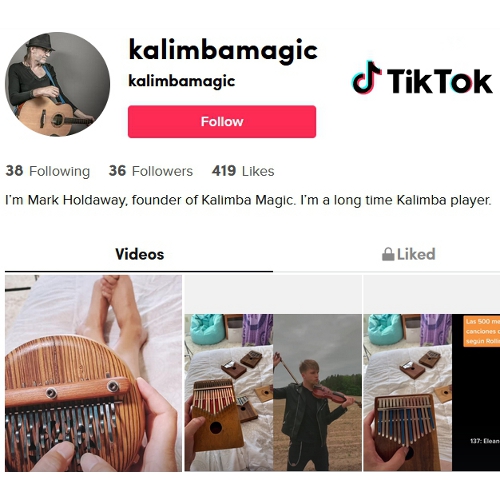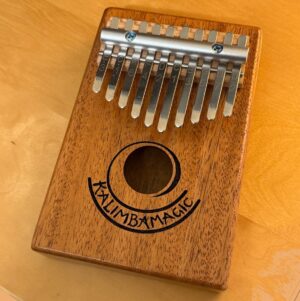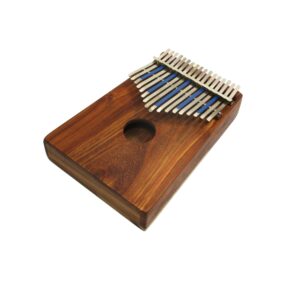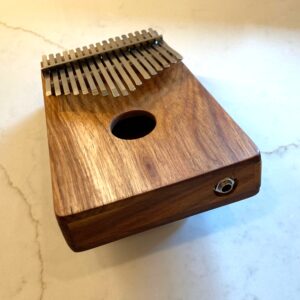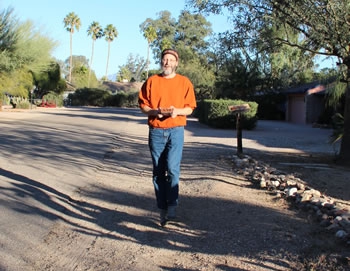
Experiencing Gratitude – Walking, Kalimba, and Christmas Carols
This is the main technique I use to keep on the happy side of life The Christmas Medley you hear is available on the Kalimba Christmas CD While I have not been diagnosed with clinical depression, I am prone to struggle with depression. Or rather, I would struggle with depression, except that I have a powerful tool at my disposal that proves effective against depression. Some days I wake up and tell myself I don’t need my early morning walk, and on those days, I tend to take a nosedive around 9 or 10 AM. By then, I realize that this is my wake-up call. If I don’t go out,
